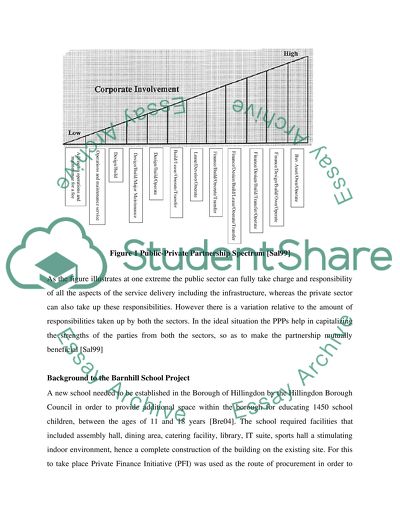Cite this document
(“Public and Private Partnership Barnhill school, Hillingdon Essay”, n.d.)
Retrieved from https://studentshare.org/finance-accounting/1419816-mixed-economi
Retrieved from https://studentshare.org/finance-accounting/1419816-mixed-economi
(Public and Private Partnership Barnhill School, Hillingdon Essay)
https://studentshare.org/finance-accounting/1419816-mixed-economi.
https://studentshare.org/finance-accounting/1419816-mixed-economi.
“Public and Private Partnership Barnhill School, Hillingdon Essay”, n.d. https://studentshare.org/finance-accounting/1419816-mixed-economi.


